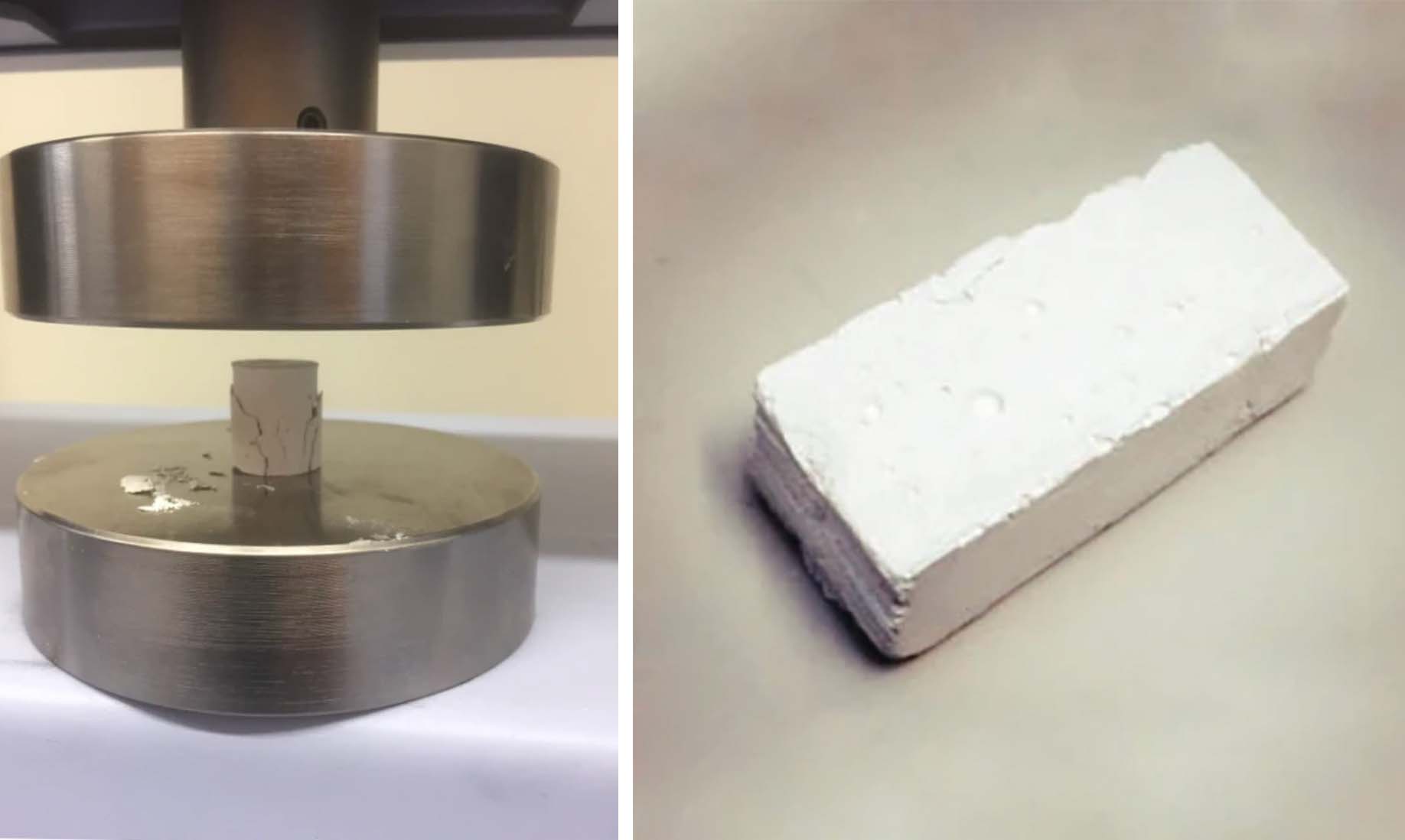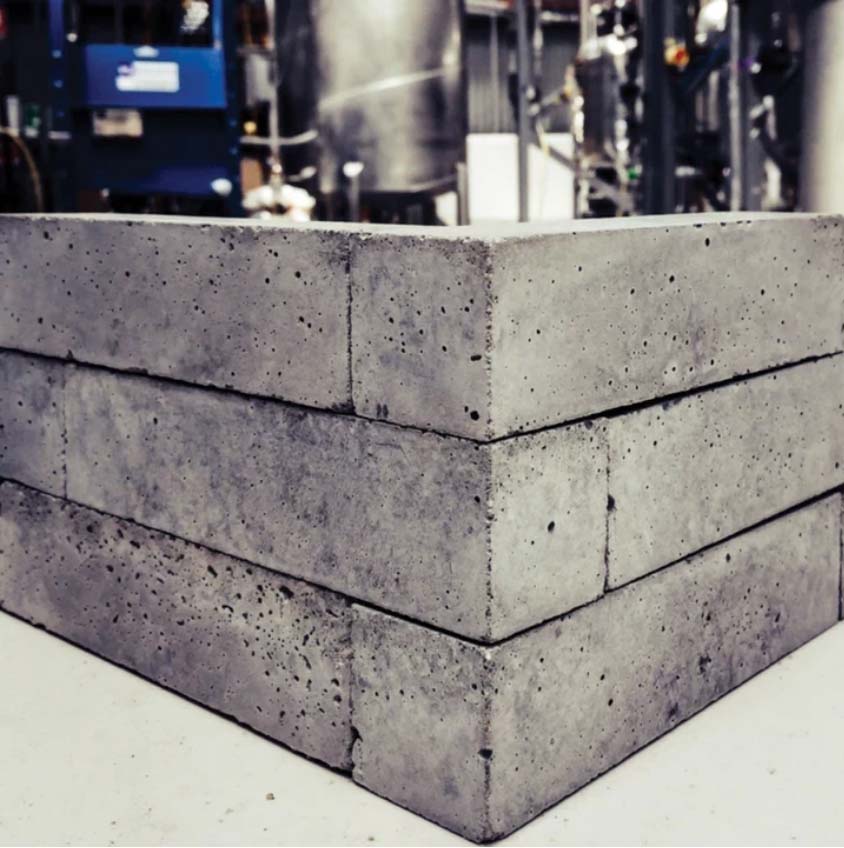
Scalable decarbonization solutions and negative emissions technologies (NETs): from industrial CO2 to carbon negative building materials
Occurring in nature, mineral carbonation is the process of rock weathering by rainwater. It is the reaction of carbon dioxide (CO2) contained in rainwater with basic minerals to form harmless solid carbonates, similar to chalk, baking soda or antacids. Geologists believe that over millions of years it reduced the excessive CO2 in the prehistoric atmosphere to levels that enable life to survive today.
 Image curtesy of Mineral Carbonation International
Image curtesy of Mineral Carbonation International
Recognized as the “Best Clean Energy Startup” at COP26 in Glasgow from a field of 2700 global solutions, Mineral Carbonation International (MCi) aims at removing a billion tonnes of CO2 by 2040 by developing profitable decarbonization pathways through its scalable carbon platform technology able to safely capture and convert industrial CO2 emissions into solid bulk materials suitable for use in new, low-carbon and circularly conceived products for construction, industrial and consumer markets.
MCi’s technology has mimicked and significantly accelerated mineral carbonation, a natural earth process, obtaining a safe and permanent solution with the potential to lock away millions of tonnes of industrial CO2 emissions on a yearly basis. It leads in CO2 utilization and Carbon Capture and Use (CCU), a new cleantech field which treats CO2 as a resource instead of as waste

Image curtesy of Mineral Carbonation International
Based on multiple process paths and reactor designs, MCi’s tunable platform can be adapted to a range of mineral carbonation configurations, allowing it to be optimised for profitable use in several industrial settings. It requires a CO2 source (pure captured or dilute streams from flue gas) and feedstocks: it can use a variety of mineral feedstocks and industrial wastes rich in magnesium or calcium, like steel slag and mine tailings, which react with the CO2 by converting it into solid materials.
These NET (Negative Emissions Technology) plants are usually located at a source of CO2 – typically steel, cement, mining, chemicals industries – and the resulting solid materials, which feature sale value in diverse markets, can be used in various low carbon products, such as carbon negative concrete and plasterboard.
https://www.mineralcarbonation.com


